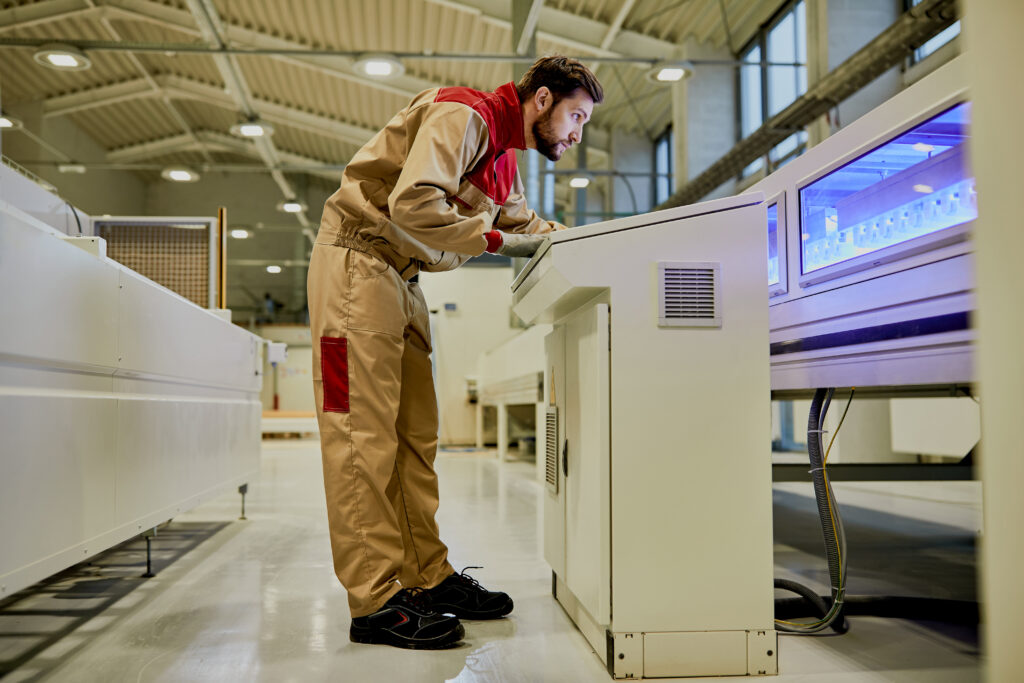Flow calibration is a crucial process in industries where fluids—gases or liquids—are transported, measured, and monitored. It ensures that flow measuring instruments like flow meters and sensors provide accurate and consistent readings. Flow calibrations play a significant role in maintaining quality, reducing waste, optimizing processes, and meeting regulatory requirements across various industries including oil and gas, pharmaceuticals, water treatment, food processing, and manufacturing.
What is Flow Calibration?
Flow calibration is the process of comparing the readings of a flow meter under test with those of a known and traceable standard. If there is any deviation, adjustments are made to align the instrument with the reference standard. The goal is to confirm and maintain the accuracy of flow measuring devices, which is essential for quality control and process efficiency.
Why Flow Calibration is Important
- Accuracy and Consistency
Flow meters that are not calibrated can deliver incorrect readings, leading to over- or under-measurement of fluids. This can cause product quality issues, safety hazards, and even equipment damage. Calibration ensures that every drop counts—literally and figuratively. - Regulatory Compliance
In regulated industries like pharmaceuticals and food & beverage, precise flow measurement is not optional. Compliance with international standards such as ISO 9001, ISO/IEC 17025, and FDA guidelines requires periodic calibration of all measuring instruments. - Operational Efficiency
Calibrated flow meters enable better control over production processes. Whether it’s the amount of fuel injected into an engine or the quantity of liquid in a batch process, accurate measurement ensures efficiency and reduces waste. - Cost Savings
Uncalibrated meters may lead to the misuse of expensive raw materials or additional costs due to rework and rejected products. Calibration reduces these risks and minimizes unnecessary expenses.
Types of Flow Meters That Require Calibration
- Differential Pressure Flow Meters
These include orifice plates, venturi tubes, and flow nozzles. Calibration ensures they produce accurate pressure drops that correlate with flow rates. - Positive Displacement Meters
These meters trap a fixed volume of fluid and count the number of times the volume is filled to measure flow. Calibration ensures the mechanical parts are accurate and functional. - Turbine Flow Meters
Used in water, fuel, and chemical applications. These meters rely on fluid movement to rotate a turbine. Calibration helps ensure that RPM corresponds to actual flow. - Electromagnetic and Ultrasonic Flow Meters
These are widely used in water and wastewater management. Regular calibration is essential to maintain the accuracy of non-mechanical sensors. - Coriolis and Thermal Mass Flow Meters
Often used in oil & gas or chemical industries. Since they measure mass flow directly, precise calibration is key for critical operations.
The Flow Calibration Process
Flow calibration typically follows a step-by-step process to ensure reliability:
- Setup
The flow meter is connected to a controlled flow loop with a known reference device (master meter or gravimetric system). - Flow Testing
The fluid is passed through the system at different flow rates. Each reading from the meter under test is compared with the standard. - Data Recording
Measurements are recorded and any deviation from the standard is calculated. - Adjustment
If the instrument deviates from the standard, it is adjusted or corrected either manually or through software. - Verification and Certification
After calibration, the instrument is tested again to confirm accuracy. A calibration certificate is then issued, which includes:- Date of calibration
- Calibration method
- Reference standards used
- Uncertainty of measurement
- Technician’s signature
Calibration Standards and Traceability
Flow calibration should be traceable to national or international standards, such as those maintained by the National Institute of Standards and Technology (NIST) or similar bodies in other countries. Traceability ensures consistency and allows calibration results to be universally accepted in audits and inspections.
How Often Should You Calibrate?
The frequency of flow calibration depends on several factors:
- Manufacturer’s recommendations
- Regulatory requirements
- Frequency of use
- Environmental conditions
- Criticality of application
Generally, most industries calibrate their flow meters annually. However, in high-precision or mission-critical operations, more frequent calibration—quarterly or biannually—may be necessary.
Choosing a Flow Calibration Service Provider
When selecting a calibration service provider, consider the following:
- Accreditation (such as ISO/IEC 17025)
- Use of traceable standards
- Turnaround time
- On-site calibration availability
- Experience in your specific industry
- Availability of detailed certification and documentation
Conclusion
Flow calibrations is an essential part of maintaining accuracy, quality, and compliance in any process involving fluid measurement. Whether you’re running a pharmaceutical plant, managing a water treatment facility, or operating an oil refinery, regular flow calibration ensures that your instruments perform at their best, helping you save costs, maintain standards, and avoid operational risks.
Investing in professional flow calibration services is not just good practice—it’s a strategic move toward precision, safety, and excellence.


